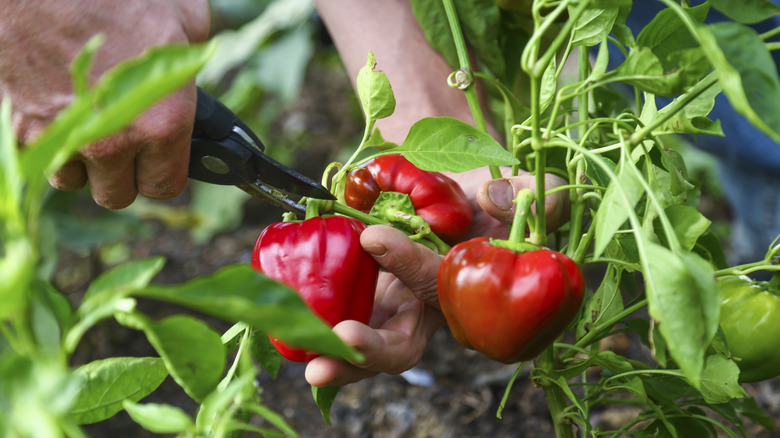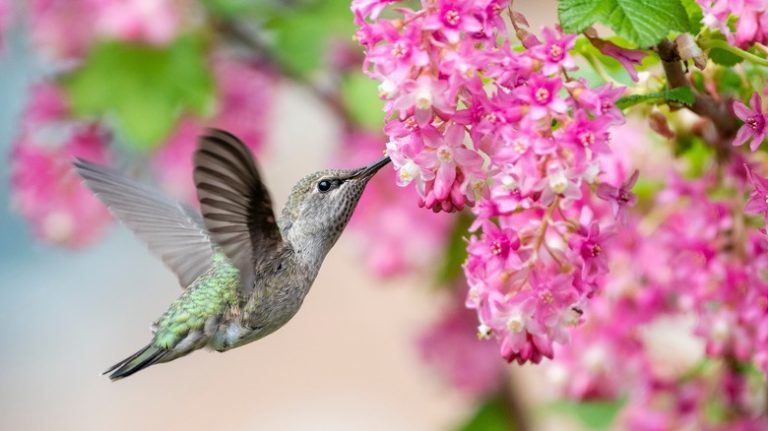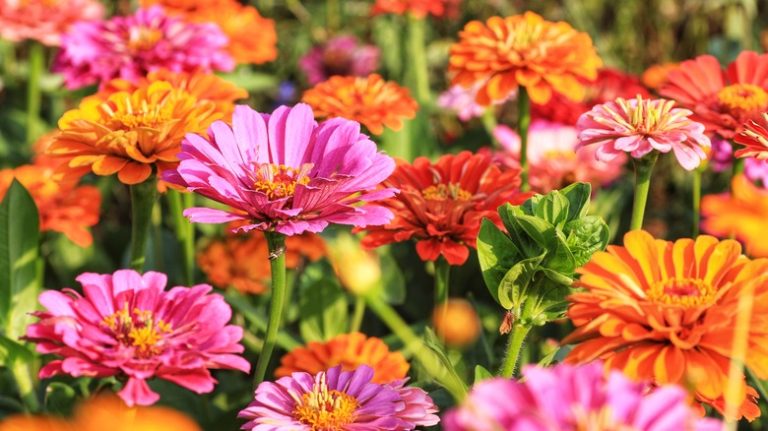Peppers are a great addition to your vegetable patch. Not only do they make your garden look attractive, but the variety of peppers you can plant is really useful in the kitchen — from juicy bell peppers to tasty sweet ones and spicy peppers. However, when the leaves on your plant start to turn yellow, not only does it ruin how great your garden is looking, it’s also a sign that your peppers aren’t doing so well. Luckily, when you know why the leaves on your pepper plant are turning yellow, it’s easy to fix — usually, the issue is related to under or over-watering, lack of nutrients, disease, or pests.
It’s obvious when you have a healthy pepper plant because its stems and leaves will look strong and be a luscious dark green color. The leaves will have a healthy sheen, and underneath the surface of the soil, healthy roots will be strong and white. Flowers are a great sign that your pepper plant is healthy and ready to produce new fruit. We will examine some of the reasons why your pepper plant might be struggling, and explore the solutions!
Why pepper plant leaves turn yellow
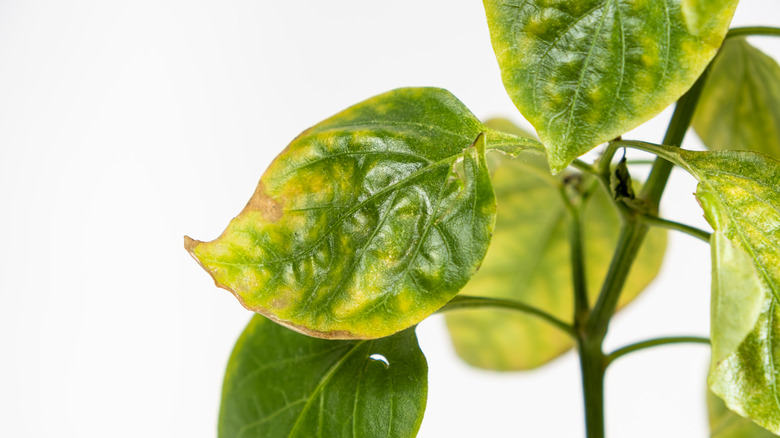
When leaves turn yellow don’t be disheartened. Instead, see it as the plant’s way of communicating with you. It may just be that you have given your plant too much, or too little, love. Under or over-watering plants is a common mistake, but an important one to pay attention to as water stress can have a big impact on the health and growth of your plants.
Overwatering is the obvious one to watch for as it can lead to root rot, which can be deadly and kill your plant. However, yellow leaves can also be a sign of under-watering, causing a lack of nutrients and yellowing leaves. If the soil dries out for too long, the plant can’t absorb the nutrients it needs. Your pepper plant requires a variety of nutrients, such as nitrogen, phosphorus, potassium, magnesium, calcium, and other trace elements that it usually gets from the soil.
Finally, bacteria, fungal diseases, or pests may be at the heart of your pepper plant’s problems. Check the leaves for discoloration, holes, webbing, tiny specs of droppings or eggs from pests, and the pests themselves — with aphids, thrips, and flea beetles being common culprits.
How to stop leaves turning yellow on pepper plants
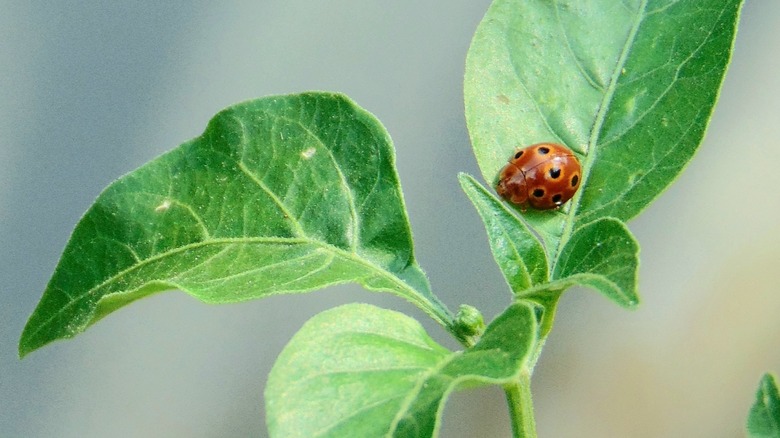
Yellow leaves are sick leaves, and eventually, they will die and drop off because your plant doesn’t need them anymore. Once your plant is on the road to recovery again, it will grow new healthy, green leaves. In the meantime prevention is key. Always check the soil moisture level before watering, especially with potted peppers. The top layer dries out more quickly so you’ll need to check deeper and hold off watering if the soil is too wet. The best time of day to water pepper plants is before the hottest part of the day or after the sun has gone down. This is because the heat of the sun will cause water to evaporate more quickly and your plant may not get a good drink.
If the problem is related to nutrient deficiency, fertilization is the solution to prevent more leaves from turning yellow. A good natural fertilizer should fill in any gaps. For diseases like bacterial leaf spot, be careful of cross-contamination, remove infected leaves to prevent spread, and treat with a natural fungicide. There are a few different ways to get rid of pests on your plants, from DIY hacks like using soapy water or opting for more potent chemical pesticides for bigger infestations. Alternatively, introduce natural pest predators, like ladybirds, by adding plants that attract these beneficial bugs into your garden.

